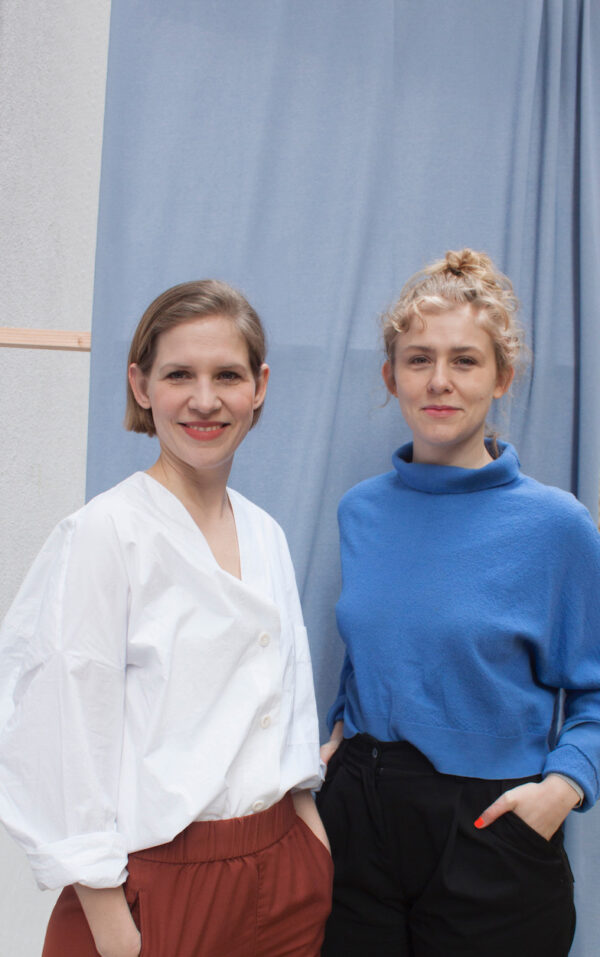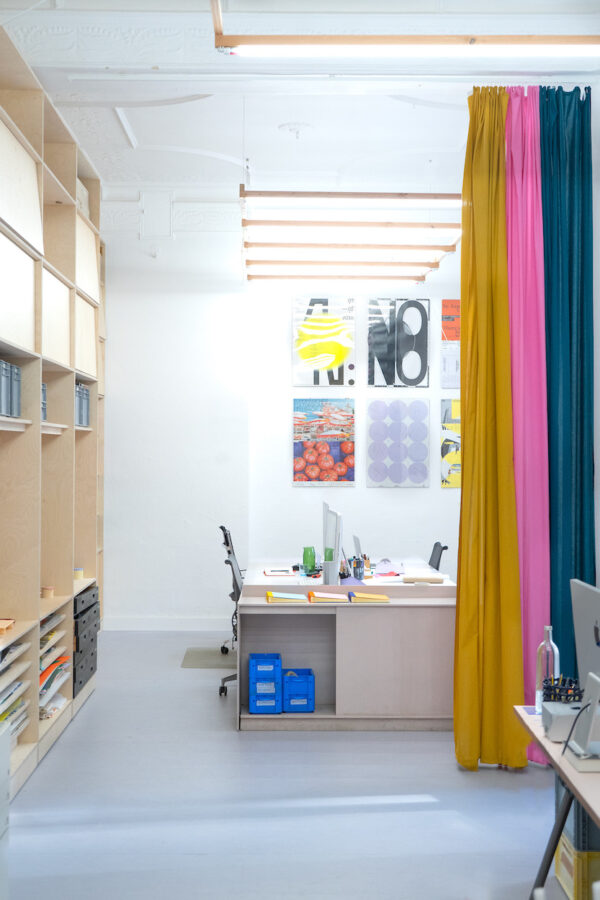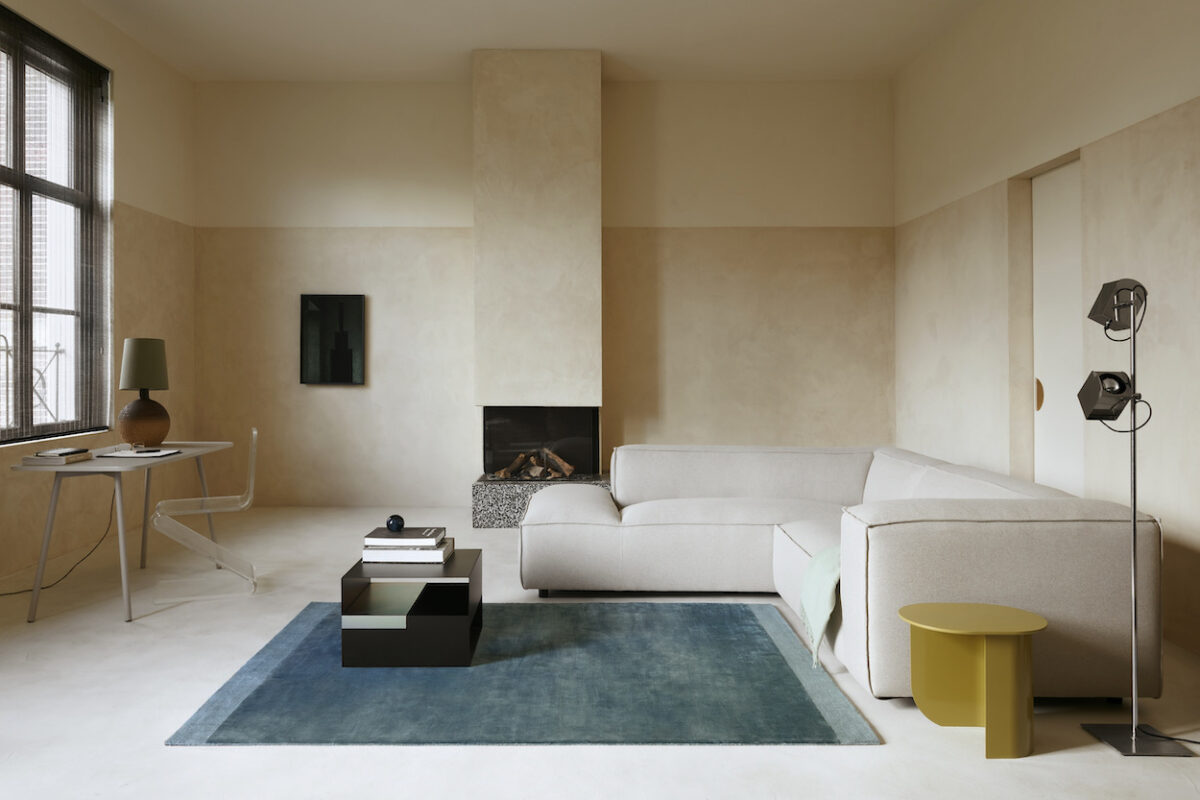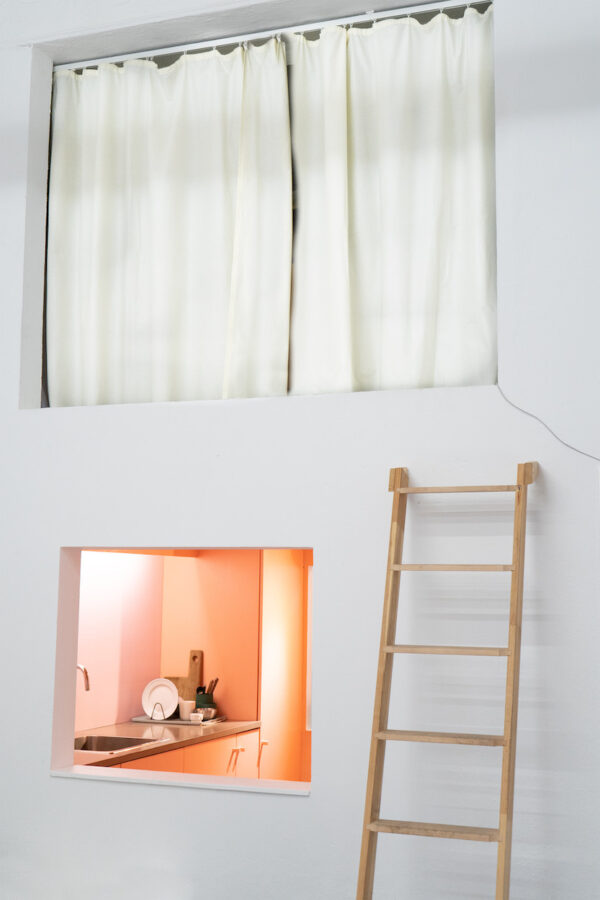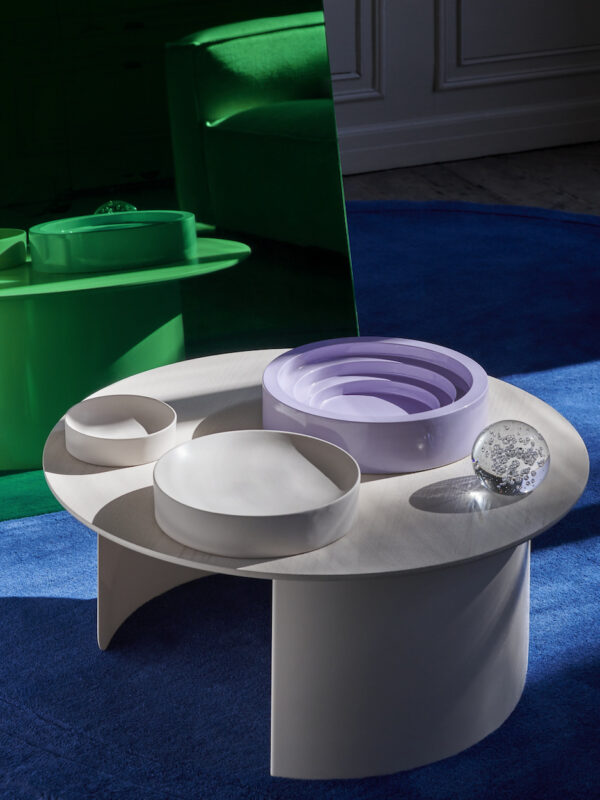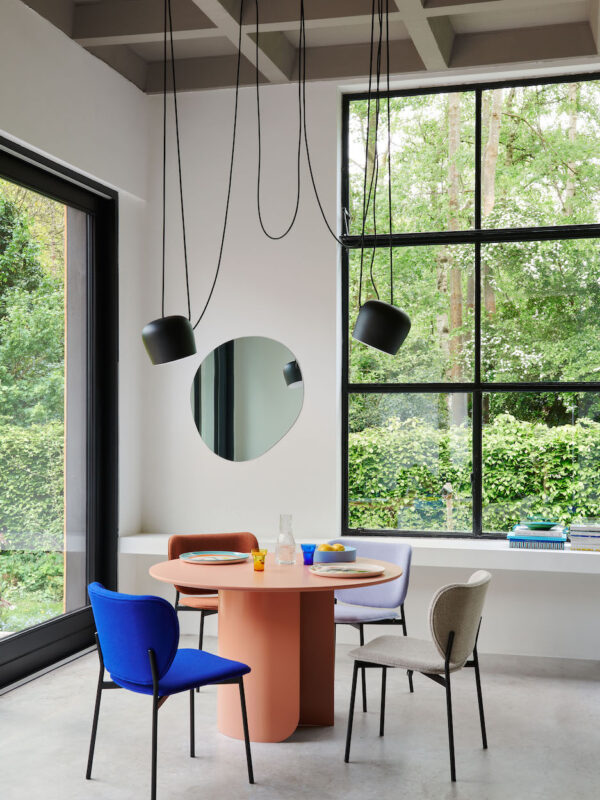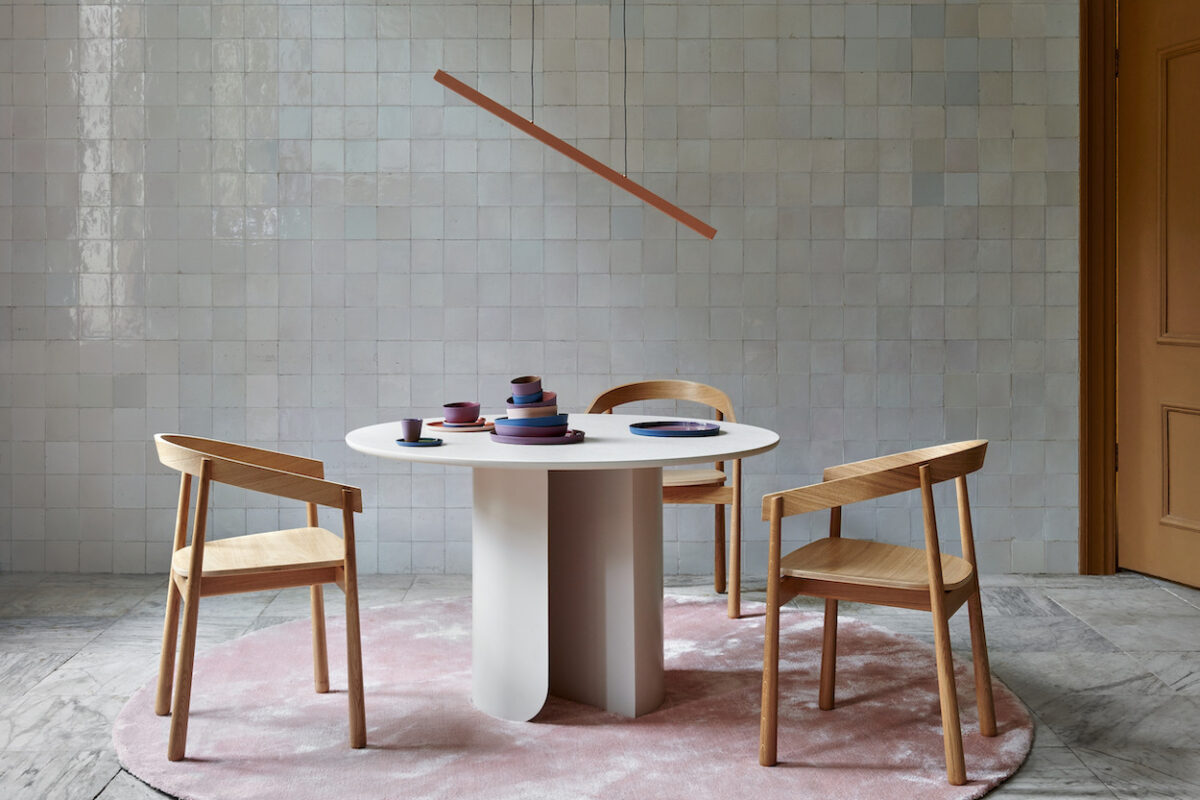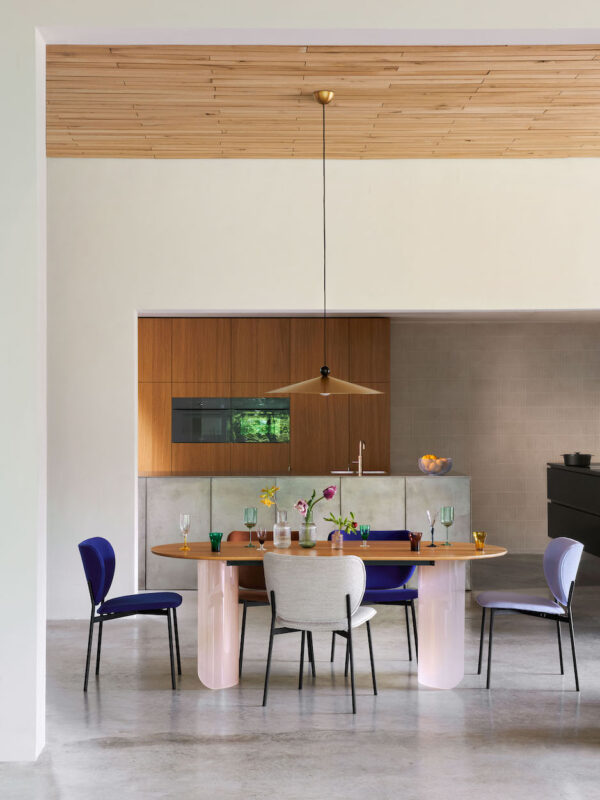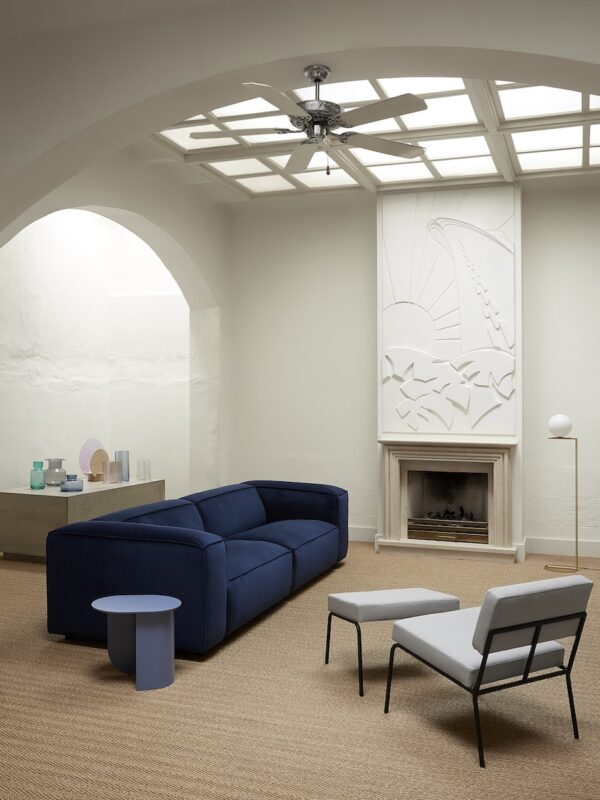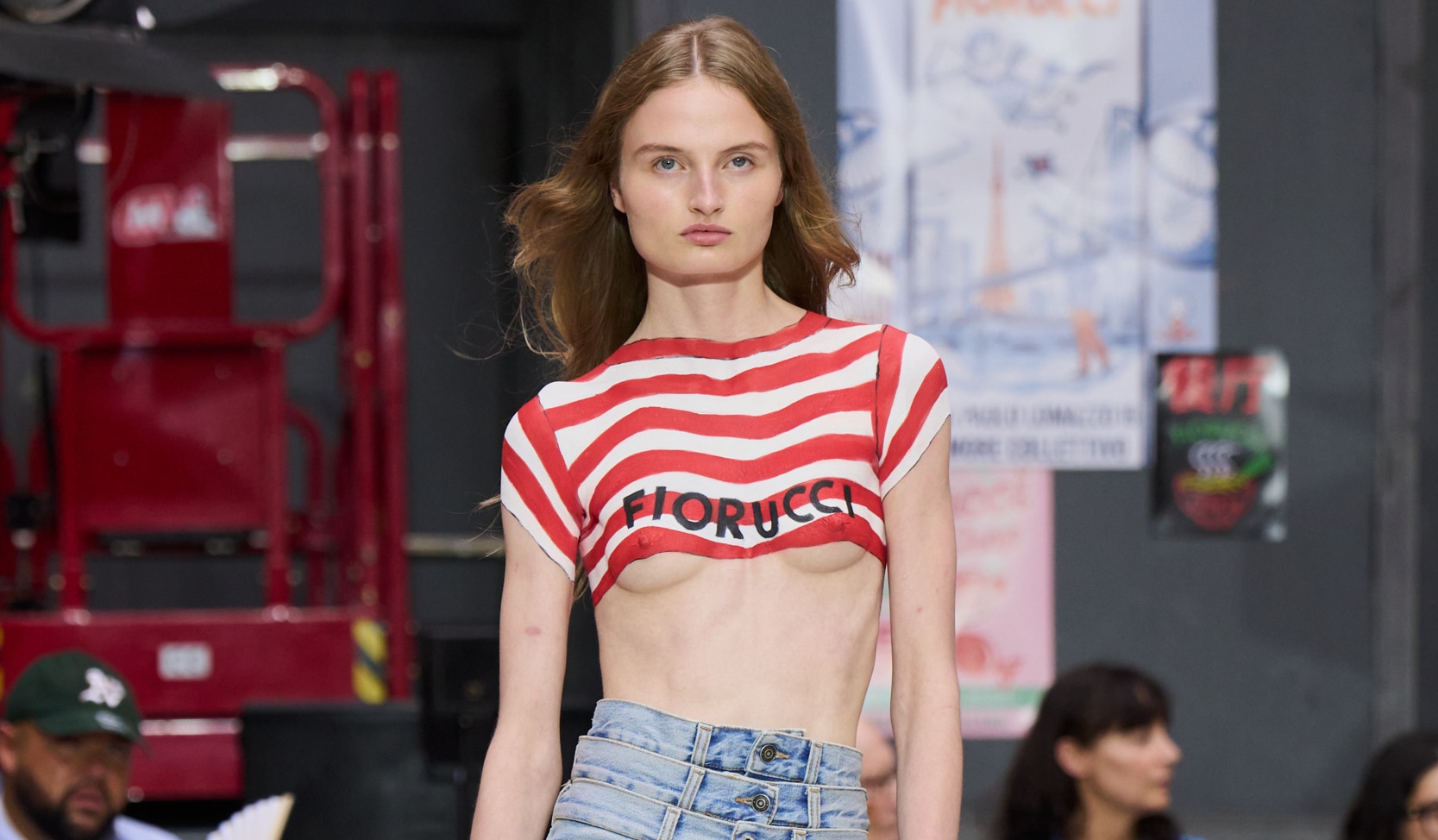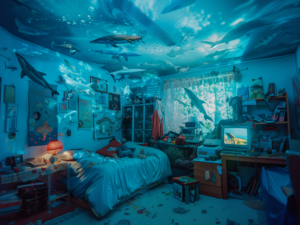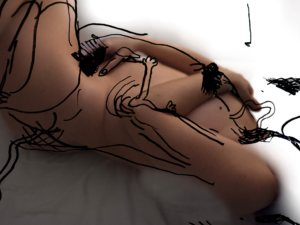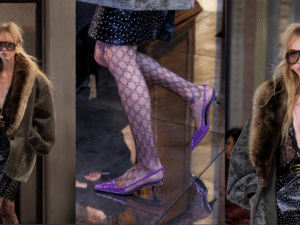Let’s look at your designs: For you, visual communication is the key theme; how can that take place through objects?
Silvia: Every object says something through its form. Objects are never meaningless. They communicate with us and always make a statement, just like in fashion. That’s how we shape our environment. We aim to be approachable through our objects and build a relationship with the other person. Sometimes you only notice this afterwards because we design totally intuitively. The interplay between the person and the object arouses our interest.
Antonia: It’s about triggering emotions, whether a smile, joy or making people feel more comfortable in their home. That’s a nice thing for people, and that’s how you communicate with each other through an object.
So you want to bring a positive impact or fun into consumers’ four walls?
Silvia: Exactly! We both like the joy in objects. At the same time, it’s cool when an object functions in the context of a flat, when it’s not detached from the space but moves within a circle of time. We also have a collection of things that make us smile or laugh.
Antonia: Yes, and besides language, colors play a significant role for us. For example, how color works in space and how it triggers moods.
How would you describe your main direction of your designs?
Silvia: It doesn’t have to be perfectly furnished, conservative or repeat the old styles, but it can be joyful and make you want to try things out. We are very playful with an object, but it is still extreme in form, minimalist and graphic in form.
Antonia: Yes, graphic and straightforward. We also work in 2D as graphic designers, influencing our three-dimensional design.
The furniture industry is characterized by a quick consumption idea, where furniture is not designed to stay forever. Yet, like fashion, we are moving toward people wanting to reinvest and buy something long-lasting. Why do you think it’s important to say goodbye to the fast-moving?
Silvia: We have all realized that this throwaway consumption doesn’t work. Sustainability and longevity are becoming important again. That’s why the relationship with objects is so important to us because that’s how you keep the object longer. High-quality objects sometimes last for generations; they are inherited or are taken to the new student flat and leave their mark on a new chapter. At the same time, many things have become more local again. Due to inflation, specific structures only last a little; for example, transport costs have become too high. Now things are more expensive, but you keep them longer. That’s important and nice, primarily when you work in this high-end sector. Our products are made for a smaller target group, but hopefully, they will be seen more now.
Antonia: Often, people also want to be entertained by something new. But when you talk about prices, in the end, it’s cheaper if I decide to buy something that I’m somehow attracted to, that I have a feeling about and that I’ll probably take better care of than if I know it’s going to be gone in half a year anyway because it has no value.
